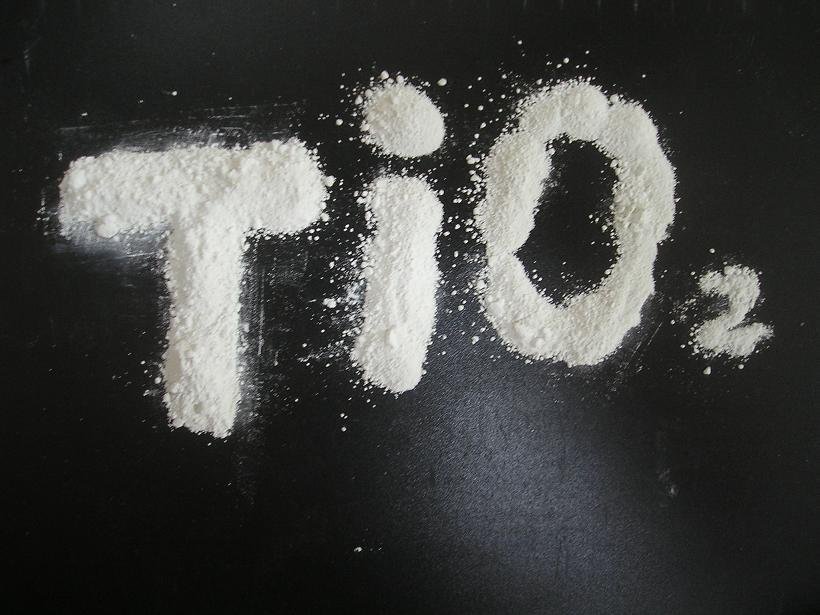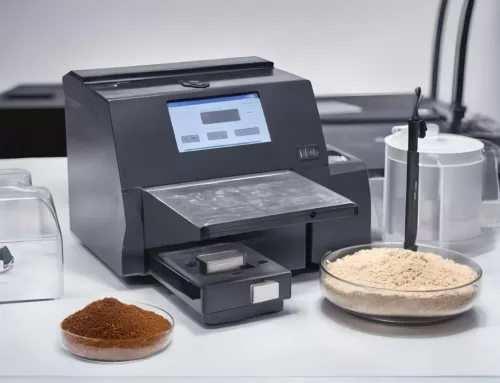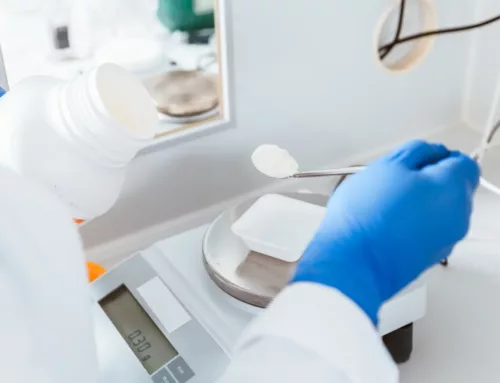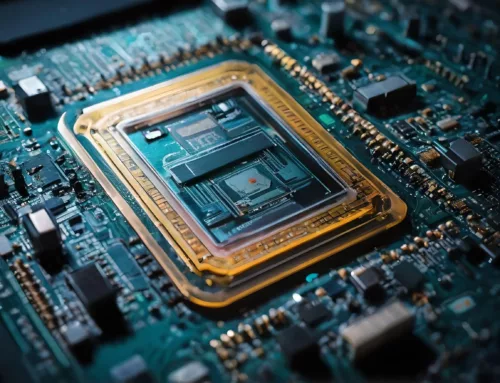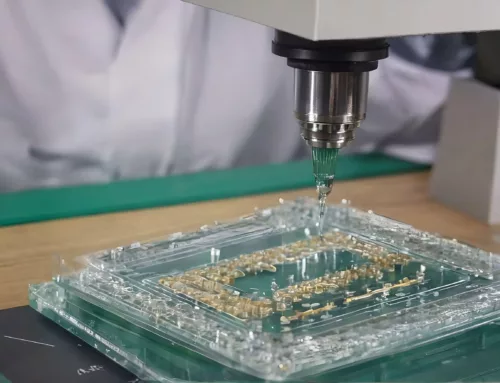Titanium Dioxide Classification
The European Commission (EC), Following the CARACAL meeting (Competent authorities Meeting for REACH and CLP regulations) on 18 September, will move forward with its controversial proposal to classify titanium dioxide (TiO2) as a ‘Carcinogen category 2’ for its inhalation hazard, with classification code H351 (inhalation). The classification is to apply to liquids as well as powders of mixtures containing 1% or more of titanium dioxide in the form of or incorporated in particles with aerodynamic diameter ≤ 10 µm.
The EC has submitted the act to the European Parliament and Council, which entered it into effect. This was preceded by the French who in May of 2019 announced the ban of TiO2 usage in food, which came into effect on January 1, 2020.
The ECHA opinion – Titanium Dioxide Classification
The discussion surrounding TiO2 has been building since a European Chemicals Agency committee (ECHA), Committee for Risk Assessment, published an opinion on the classification and labeling of TiO2. 300 industry stakeholders demanded ‘full clarity’, to complete and consider an impact assessment over the Commission’s proposal.
Many industries and users fear that the hazard from TiO2 is not related to the substance itself, but rather to its particle size. A concern consequently arises as similar hazards and thus classifications may be used for other poorly soluble low toxicity particles that have the potential to form repairable dusts. There is also criticism as when TiO2 is incorporated in a matrix, the possible human exposure may not be significant.
The classification will also have unclear effects on downstream users and may hamper recycling as additional waste management is required to deal with waste containing 1% or more TiO2, such as plastics, wallpaper and paint residues, porcelain or furniture, as such materials would be classified as hazardous waste, even if there were no potential for inhalation. Special in the announcement of the EC is that it is stated is talk about 1% of the TiO2 particles aerodynamic diameter ≤ 10 µm, while it is not clear whether this is related to a volume-based or number-based size distribution.
Titanium Dioxide Classification and Respiration
Most commonly, as with TiO2, small particles access the human body via the lungs, but also the eyes can suffer a lot from small dust particles. To what extent such particles affect our health is related to their size, shape, solubility and the toxicity of the particle. Sodium chloride (table salt) that enters the lungs, is not a big problem; it easily dissolves in available moisture and leaves the lungs again. On the contrary, asbestos – although not toxic – has a needle shape geometry, is insoluble and is not biodegradable and is therefore very harmful.
Producers / manufacturers are responsible to control dust emissions; not only from a health, safety and environment viewpoint but also to adhere to more stringent quality requirements by customers. Suppression of dust emissions is more and more regulatory controlled by such organizations as: European Food and Safety Authority (EFSA), Environmental Protection Agency, Office of Pollution Prevention and Toxics (U.S. EPA OPPT), Health and Safety Executive, United Kingdom and the REACH program. REACH is a European legislation for the registration of materials that are being produced and/or sold at quantities exceeding 1000 kilograms per year.
Usages of titanium dioxide
Titanium oxide is used in many different industries, the pigment and paints industry is a very prominent one. In addition to applications in paint and pigments, the substance is used as a filler in (special) paper, ceramic material, ink, cement, correction fluid, rubbers and elastomers, glass, products for skin care such as sun creams, as it is a UV active that absorbs and reflects ultraviolet rays and last but certainly not least, TiO2 is used in the production of plastics.
As mentioned earlier in this article, in the food industry, titanium oxide is used as E171, which is primarily used in products such as toothpaste, chewing gum and medicines. It is also used for its photocatalytic properties. When exposed to ultraviolet, it can break almost all organic compounds, both in air and in water.
Measurements
With the new legislation it becomes relevant to know the aerodynamic diameter. Airborne particles have irregular shapes, and their aerodynamic behavior is expressed in terms of the diameter of an idealized spherical particle known as the aerodynamic diameter. Particles are sampled and described on the basis of their aerodynamic diameter, which is usually simply referred to as particle size.
Particles having the same aerodynamic diameter may have different dimensions and shapes. Currently however, it is not straightforward to just measure the aerodynamic diameter directly as a single parameter with a single technique. Presently, we can’t measure the aerodynamic diameter directly, but a suitable approach is to employ the EN 15051 dustiness potential measurement device providingquantitative information on the inhalable, thoracic and repairable fraction. The latter fraction can then be used to fulfill the requirement of quantifying the presence of repairable particles smaller than 10 µm. This collected dust fraction then requires further assessment of the TiO2 content in the dust in order to determine whether its mass percentage exceeds 1%.When employing Laser diffraction the measured particle size distribution needs to be corrected by measuring the true density of the material since the results must be calculated back to a normalized density of 1 g/cm3 for the aerodynamic diameter. This is however an approximation and not entirely correct. In the guesstimate it is assumed the behavior of an in air dispersed ideal particle (is perfectly spherical), which often is not the case.
Nano in dust
We are currently investigating whether we can use a recently accepted new nano dust measuring methodology described in the EN-17199-4, so we can develop our own testing/ measuring equipment. Although standardized, currently there are no commercially available products that fulfill these direct measurement needs

